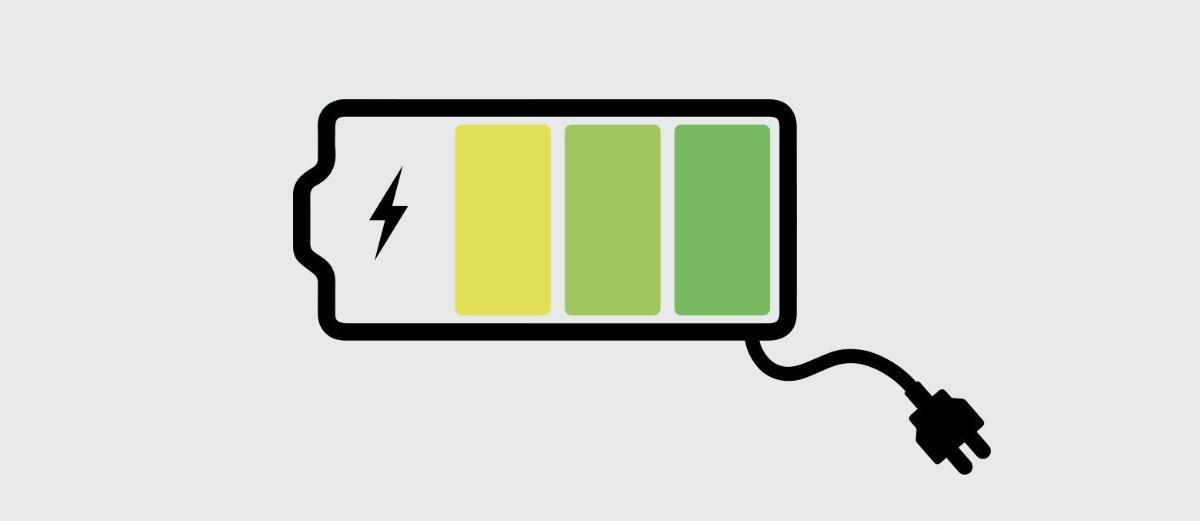
Many of the devices we use every day operate with rechargeable batteries. Why should hearing aids be any different? If you're not sold on rechargeable hearing aid batteries yet, here are seven benefits of making the switch.
For many hearing aid wearers, buying and replacing batteries is just part of the process of owning hearing aids. However, rechargeable batteries are changing the way we use and design hearing aids. Lithium-ion batteries are the next step in hearing aid innovation, and they provide a number of benefits to the people who use them.
If you’re curious about what rechargeable hearing aids bring to the table, here are seven benefits to using lithium-ion batteries.
1. No more additional costs
Hearing aid users might spend up to $100 per year on disposable batteries. If you regularly stream music or video while using your hearing aids, you might spend even more. There is also the hassle of buying hearing aid batteries, and the added costs of shipping or the gas used driving to get them.
With rechargeable hearing aids, there is no need for online purchases, trips to the pharmacy, or marginal costs. The batteries come with the hearing aid, and they can be recharged as many times as you need.
2. Less chance of being caught off guard
When you establish a routine, you’re less likely to get caught off guard. For example, when you plug your phone in every night, you can be sure it will be fully charged when you wake up and last through the day.
Rechargeable hearing aids work in a similar way. When you drop them into the charger before bed, you’re less likely to experience a sudden dead battery the next day. However, disposable zinc-air batteries don’t offer the same protection. They can run out anytime, with little warning.
If you don’t carry backup batteries, you might be left without working hearing aids. If you’re wondering how long rechargeable hearing aid batteries last, you’ll be pleased to know that you can enjoy almost an entire day (19-21 hours) of continuous use, with the security of a portable charger.
3. Better in cold weather
It’s a well-known fact that zinc-air batteries struggle to function properly in cold weather. The lack of moisture and low temperatures sap the batteries quickly, draining your hearing aids and causing issues with the sound quality.
Rechargeable hearing aids are becoming extremely popular in areas that experience long winters, since they’re more cost-effective and easier to use. Lithium-ion batteries experience little to no loss in cold weather, making them more efficient than both zinc-air and lead-acid batteries.
4. Environmentally friendly
Many of us are finding ways to be more environmentally friendly, cutting down on disposable products like straws, napkins, and single-use batteries.
Although lithium-ion batteries must be properly disposed of when you get rid of your hearing aids, they can be recharged thousands of times. Compared to zinc-air batteries, which can only be used once and tossed out, lithium-ion batteries are better for the environment when handled correctly.
5. Better for older wearers
For older hearing aid wearers, the process of buying and replacing batteries can be difficult. They might not have the means necessary to run to the pharmacy and buy batteries, and those with limited motor skills might struggle to open the battery compartment. Disposable batteries are also small, making them easy to drop and lose sight of.
With rechargeable hearing aids, this troublesome process is completely cut out. Your hearing aids can be taken out and placed in the safety of their charger, where they’ll be ready for use when you need them.
6. More energy efficient
If you regularly use the wireless streaming function on your hearing aids, you might personally benefit from rechargeable Bluetooth® hearing aids like Signia’s Pure® Charge&Go and Motion® Charge&Go. For most hearing aids, Bluetooth and streaming are extremely taxing on their disposable batteries. However, the use of lithium-ion batteries helps to solve this issue.
Fully charged batteries can last the entire day, which is 19 hours of battery life, including up to five hours of streaming. Instead of buying more disposable batteries, you can simply drop your hearing aids in their charger at the end of the day. If you stream more than five hours and run out before you get home, the portable charger can provide you with a much-needed boost. For example, 30 minutes of fast charging can give you up to six hours of listening time.
Styletto Charging Time Overview
Pure Charge&Go / Motion Charge&Go Charging Time Overview
7. Freedom of innovation
Because of the many shapes lithium-ion batteries can take, compared to the round shape of disposable batteries, Signia has taken advantage of this freedom to create more fashionable hearing aids. With pin-shaped lithium-ion batteries, Signia Styletto hearing aids have a completely new, unique, and slim appearance.
Deciding on new hearing aids
If you’re interested in rechargeable hearing aids, you might be curious about how to make the switch and what type of hearing aid to choose. While many hearing aid manufacturers now offer hearing aids that use lithium-ion batteries, you should talk to your audiologist about which model is right for you.
Click here for the original article by Signia.


